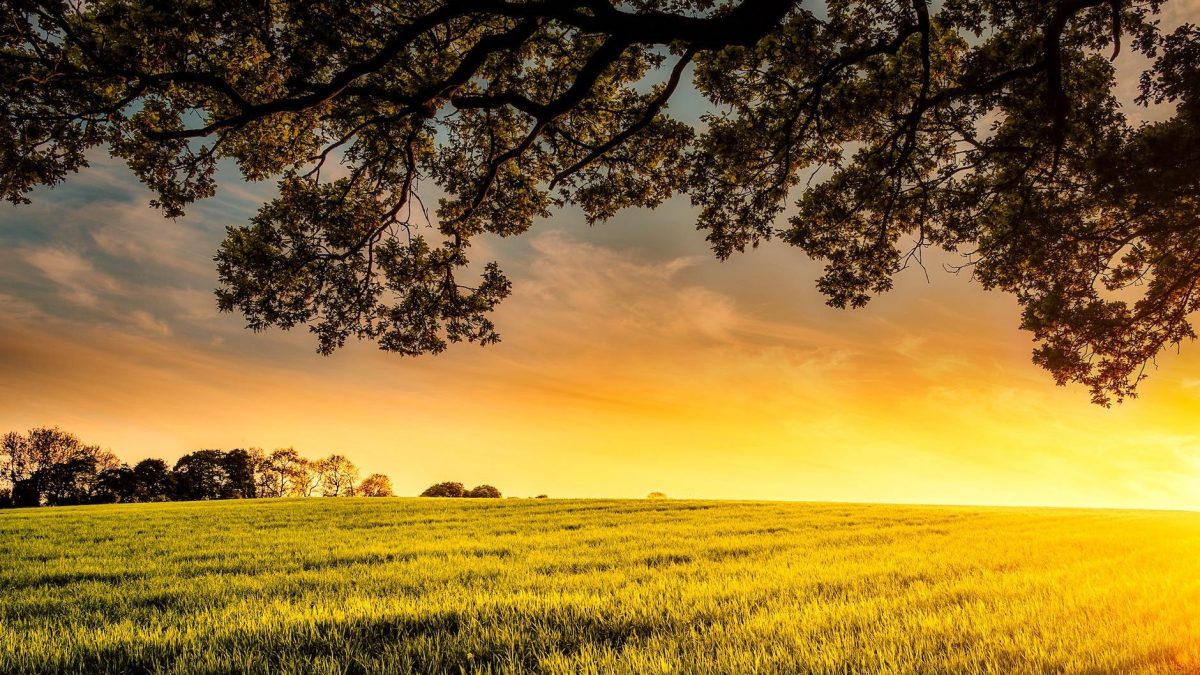There are many reports that highlight this phenomenon: wealth is concentrated in the big cities and poverty is unfortunately concentrated in the smallest municipalities, which for our country would be located in Andalusia, Extremadura and Castile-La Mancha, with 90% agricultural activity and high unemployment. And this poverty brings with it many other additional problems: perennial depopulation, ageing, the insistent exhaustion of lands that will see their children leave and forget about them. And, therefore, a chronic process, something of the kind that came before the chicken or the egg, poverty or depopulation.
Widespread 5G access
Widespread 5G access is one of the relevant EU projects to alleviate this problem and thus fix the population. And in rural areas, it is projected to be 89.5% by 2025. To this end, the European Commission has approved a state aid scheme that allows for the massive deployment of these networks, especially in rural areas with less than 10,000 inhabitants.
And while important, will this improvement in coverage (with a 51% increase in penetration expected from 2018 for the rural world) be enough?
My answer is no. We need to achieve high penetration figures, not in terms of population, but in terms of territory.
Why?
There is a simple strategic reason. We cannot allow ourselves even a glimmer of weakness in this regard and the countryside not to be a source of opportunities. Because there is an entire sector of the economy, the agri-food sector, which takes place in these territories and in which we are world leaders and benchmarks, with a contribution of 9.7% of GDP and which is also a driving force for the tourism sector. And because, ultimately, our daily food is produced in the countryside. And although it may seem incredible to us, for example, our country still has a deficit in the basic production of products such as cereals. Therefore, we cannot afford a poor countryside, incapable of feeding us on a daily basis.
Agrotech
This is why 5G is more important than we might think: not only for personal connectivity itself, but also as a source and driver of innovation in so-called “agrotech”, whose main objectives are to improve productivity, the incorporation of robotisation and the exploitation of data in agricultural processes. Agriculture could thus be the next relevant scenario of digital transformation. So, let’s take a look at some examples: advanced greenhouses, precision viticulture or drones. But there are many more.
Fortunately, Spain leads in agrotech with an ecosystem of more than 200 companies. And we are talking about many technologies involved, although we highlight an increasingly greater interaction in the bio-food sector, together with everything related to AI. Here 5G once again plays an important role: not only for the field itself, but also for the food processing industry where it is incorporated, the so-called ultra-connected smart factories.
That is why I maintain my view that we need a high penetration of 5G in the countryside, in the same way that we are achieving it in cities. It may seem “naïve”, but there are already technologies that enable this full 5G coverage in an economically viable way: we have, for example, the latest developments in LEO (Low Earth Orbit), which allow, roughly speaking, to turn new satellite coastlines at low altitude into true 5G-capable base stations, especially for IoT applications. Commercial deployments are coming soon.
Finally, we have an idyllic vision of the countryside. We used to say that when we came out of the pandemic there would be a massive return to the countryside thanks to telework. But it is not happening, at least not in the short term. But it doesn’t matter. Because I already know what the magic recipe will be for this to happen: 5G, with high rural penetration. If villages used to grow up next to springs and rivers, now they will flourish next to the new potential of 5G.











